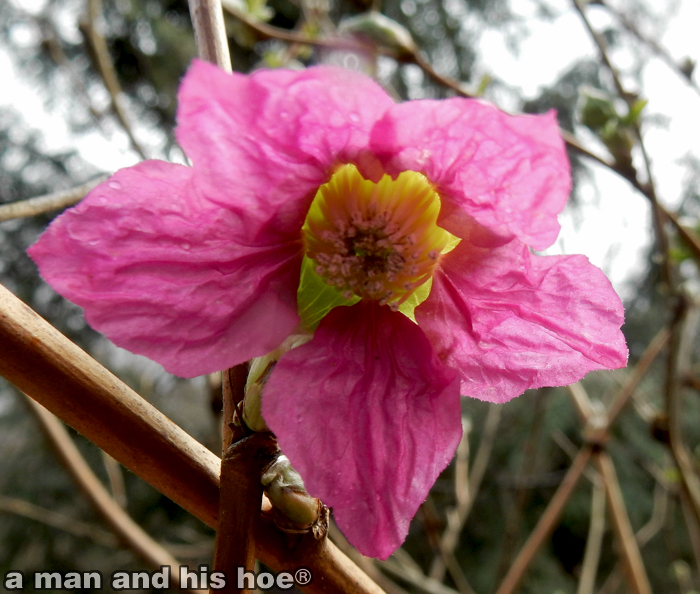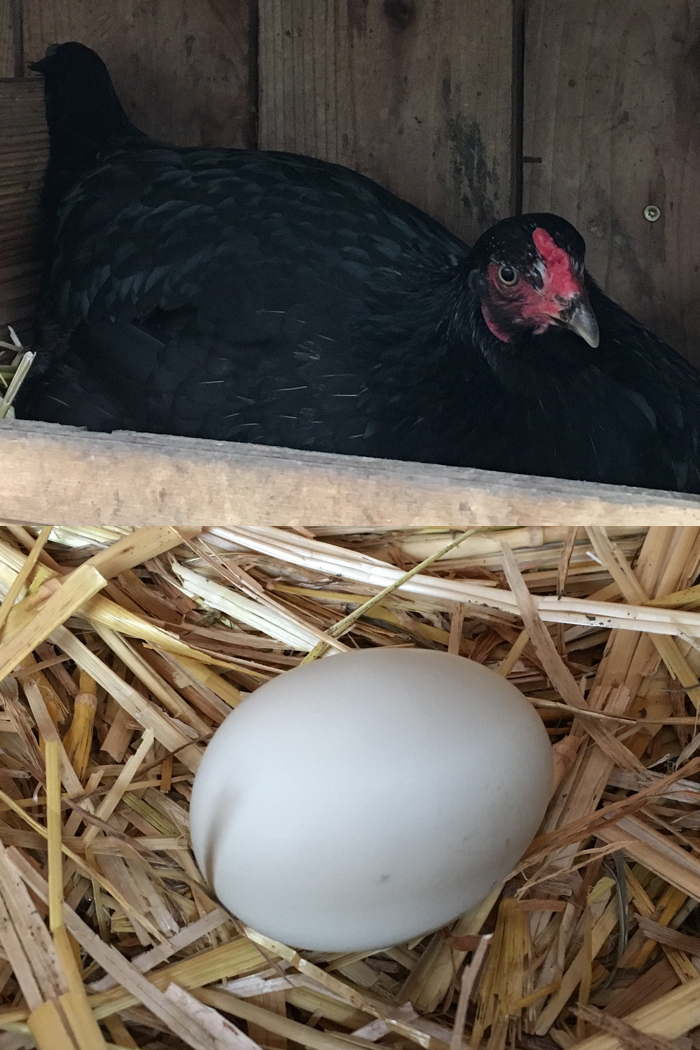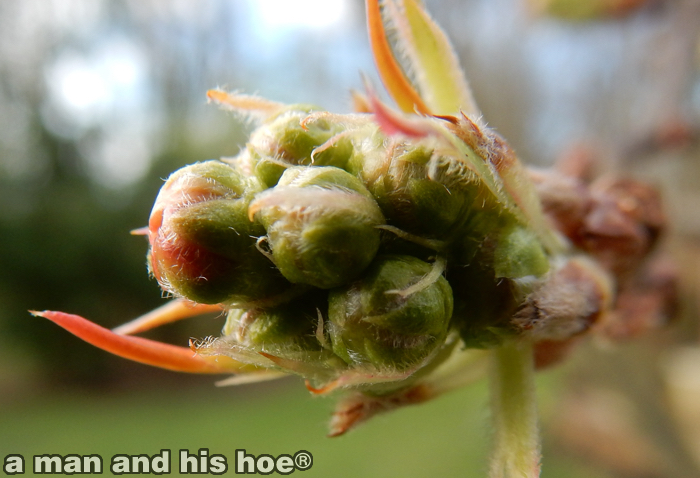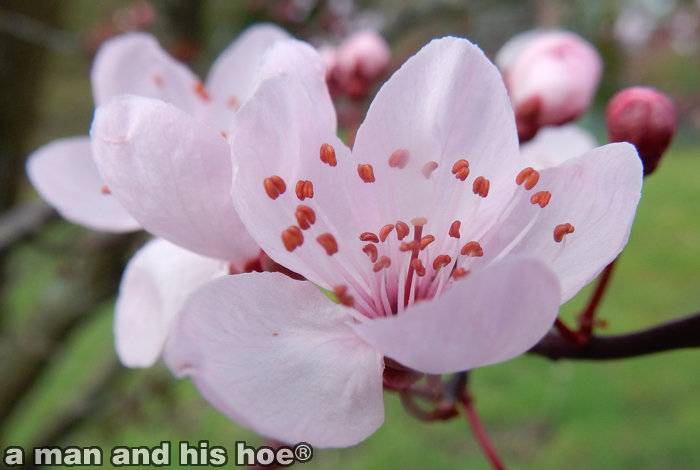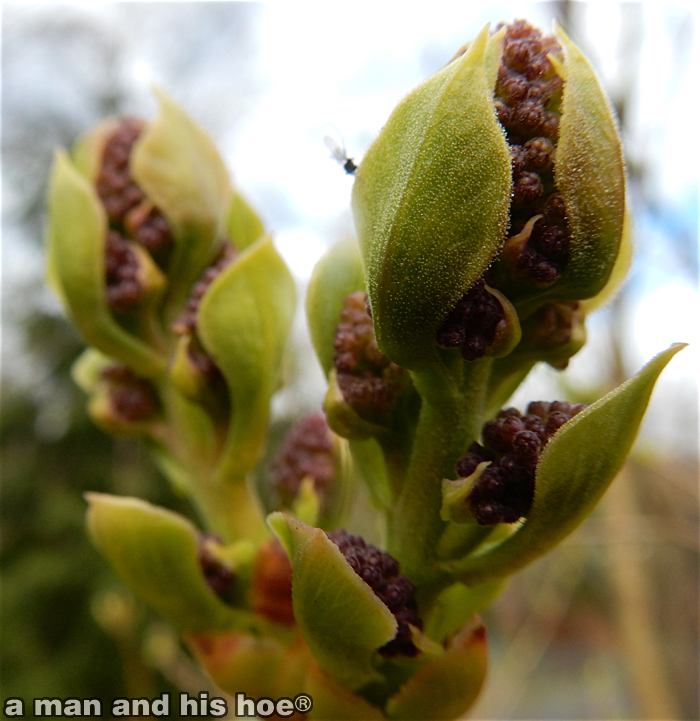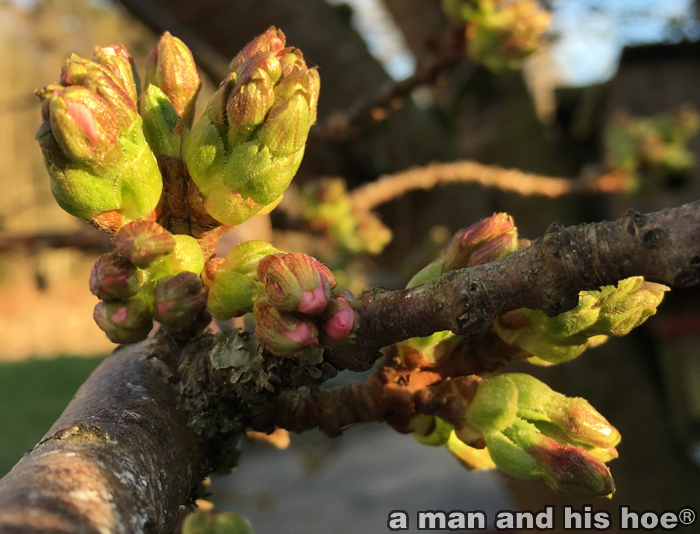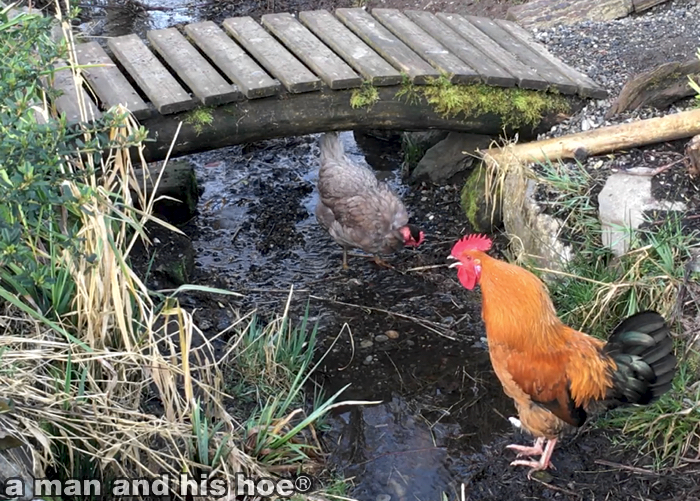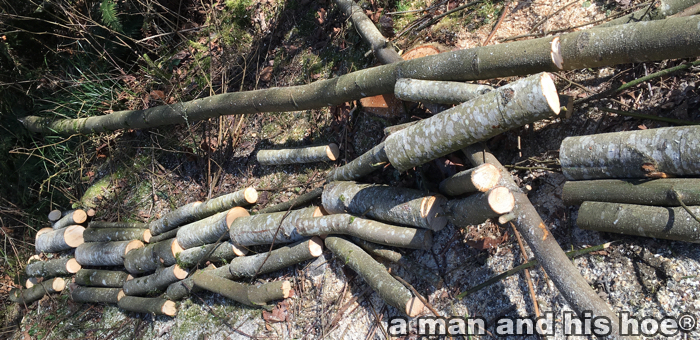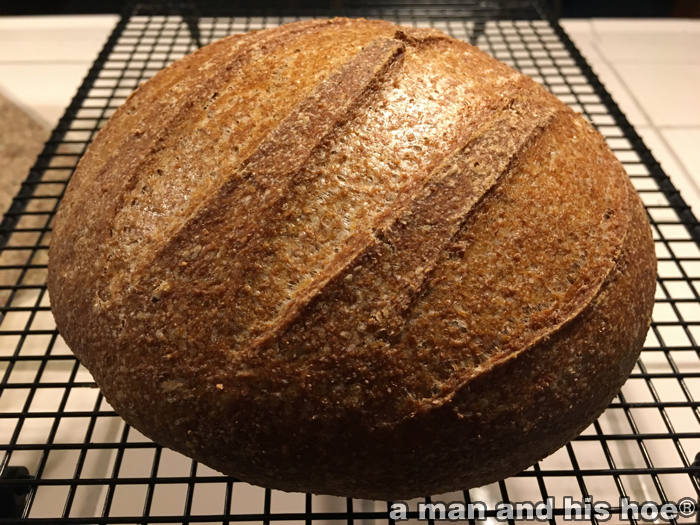
I’ve been experimenting with the optimal flour to water ratio in the loaves of whole wheat bread I make, trying a little more, a little less, over the last few months. 80% water to whole wheat flour is a bit too much. 70% is not enough. 75% seems to be the optimal ratio.
The other important thing is to let it ferment sufficiently. After mixing the flour and water and a pinch of yeast, let the yeast and other bacteria feed on it for a day, gently folding the dough occasionally. After twenty fours, add some salt, knead it in gently, and let the microbes gorge on the dough for another day, gently folding it occasionally.
On the third day, with the dough fluffy from all the farting the microbes have done the last two days, bake it. The crust is crunchy, the inside fluffy with a nice chew, and the microbes have performed a miracle, converting the flour into heaven you can taste.

